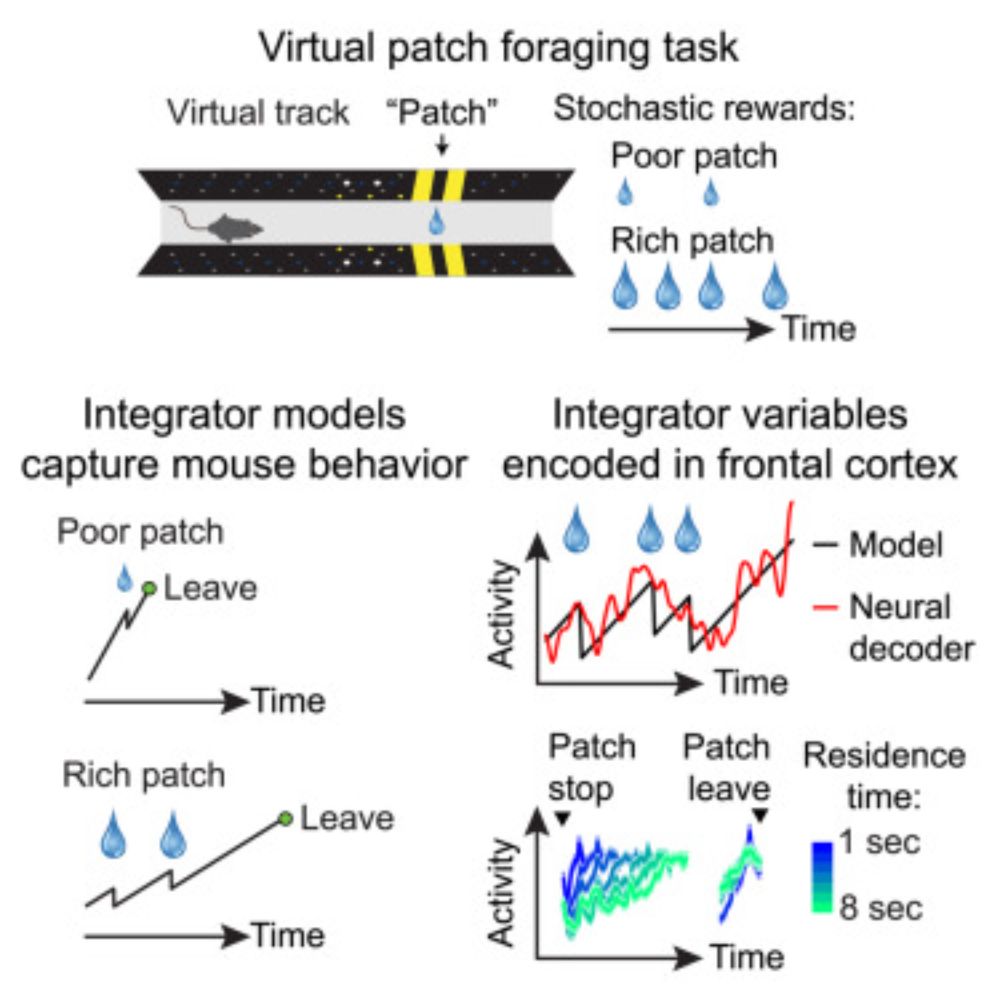Malcolm Campbell
@malcolmgcampbell.bsky.social
240 followers
180 following
17 posts
Postdoc in Uchida Lab, Harvard (dopamine, learning, circuit computation) | PhD in Giocomo lab, Stanford (grid cells, path integration, navigation) | NIH NIDA K99/R00 | Bridging theory and biology of animal learning and decision making
Posts
Media
Videos
Starter Packs
Pinned
Reposted by Malcolm Campbell


